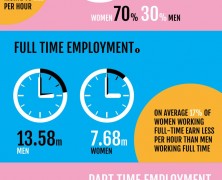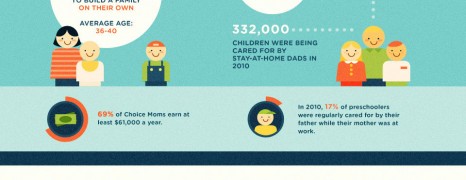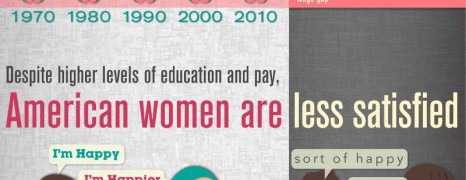After years of riots, protests, strikes and fights against phallocratic stereotypes and establishments, have women finally managed to combat inequality at work? Canter law firm presents the today reality illustrated.
When the women of Dagenham’s Ford Factory downed tools in 1968, they had just one goal driving them on – to be paid the same as their male counterparts.
45 years on and thanks to the introduction of the Equal Pay Act (1970), the Dagenham women can proudly claim to have made a difference to working conditions.
But can women really expect a fair deal or are they
We’ve decided to take a graphical look at some interesting Employment statistics in our new Employment Law infographic. As a law firm founded back in 1947, we have seen just how much the issue of gender equality at work has transformed the workplace.
In this infographic, we’ve taken a look at how far things have come, and also areas in which there are still big differences between the genders. Of course, if you feel your gender has affected the way you have been treated by your colleagues or your employer, then our Employment law department could provide you with expert legal advice on issues ranging from discrimination, through harrassment, leaving employment and also contractual issues you might have with your employer.





